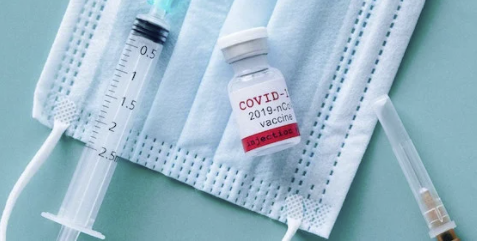Only gonna get worse, too, at least in the short term.
For the past week, Brooke Hale has been told “no” about 80 times a day. The executive assistant at Altus Lumberton Hospital has spent her shifts on the phone in a windowless office, repeatedly asking other facilities within an 800-mile radius the same question: Can you take one of our critical COVID-19 patients?
On Thursday, there were three. They needed intensive care, and without it they could die. Hale tried hospitals in Texarkana and Tyler, Lubbock and Lufkin, Oklahoma, Louisiana and Mississippi. None had room.
“I feel helpless,” Hale said through her green N95 mask. “I feel like I can’t help patients like I need to.”
The same scene is being repeated throughout Southeast Texas, as rural hospitals and freestanding emergency rooms are scrambling to send critical patients to other regions and states because Houston medical centers, full with COVID-19 patients, refuse to accept transfers.
For small facilities, what once was a routine transport to local hospitals has become a frantic process of cold calling and cajoling health care providers in hopes of securing an open bed. In the meantime, patients who must receive intensive care languish in places that are unable to provide it.
By Thursday afternoon, 543 patients in the 25-county hospital region anchored by Houston were waiting for staffed hospital beds, according to the SouthEast Texas Regional Advisory Council; 62 more waited to be admitted to an ICU. The gridlock also extends to ambulance crews, who wait longer outside of crowded ERs to admit patients.
And health officials predict the region’s COVID-19 hospitalizations, which have grown for three straight weeks to more than 2,500, will swell further through August.
The result is a strained health care system that is more dangerous for anyone in need of acute care, from a critically ill COVID-19 patient to a car accident victim who requires surgery. And like last summer’s surge, researchers fear this wave will bring an increase in non-COVID deaths, attributable to delays in care caused by the pandemic.
“Typically, it takes less than an hour to find a bed,” said Dr. Swapan Dubey, chief medical officer at Texas Emergency Care Center, which has two Houston-area freestanding ERs. “Nowadays in my own centers, we’re hearing cases that are taking 30 to even 50 hours.”
I mean, this is the same song we’ve been singing for the past few weeks. We experienced this before, in previous COVID waves, and at least at some level the lesson never took, because here we are again. We know exactly what we need to do to make this better, and we have a much better tool available to us this time with the vaccines, and yet here we are again. I don’t know what else to say, but I do know who to blame, and that’s Greg Abbott. Even in this part of the state, which includes some of the reddest counties around, we need to make more people see it that way, too.


Pingback: Mike's Blog Round Up - Free Independent News